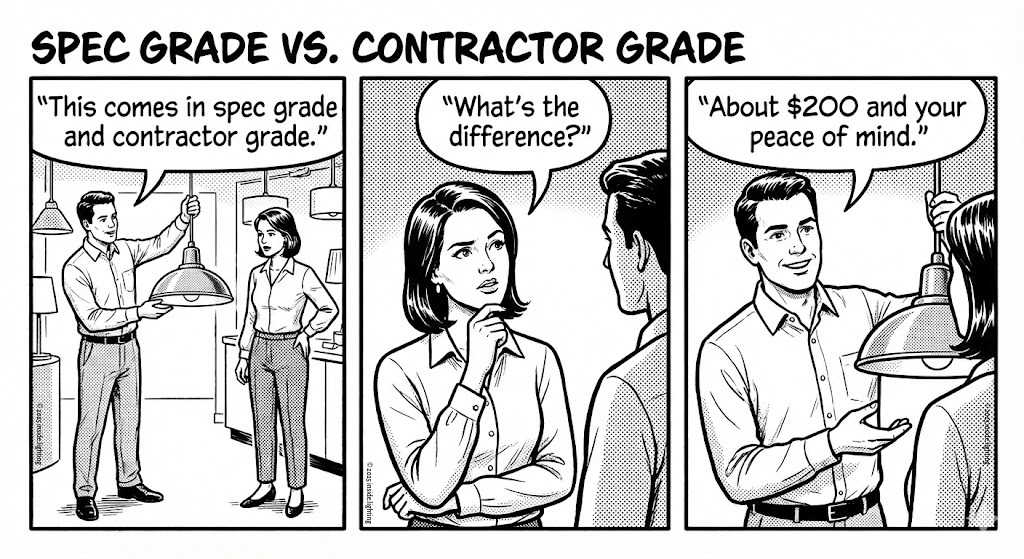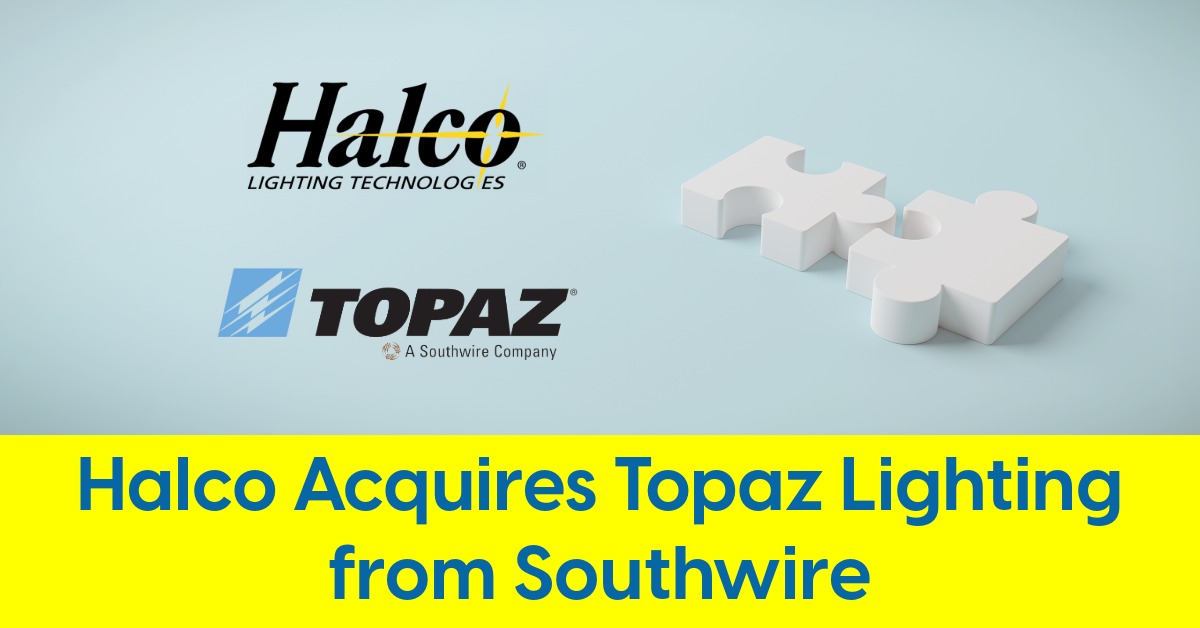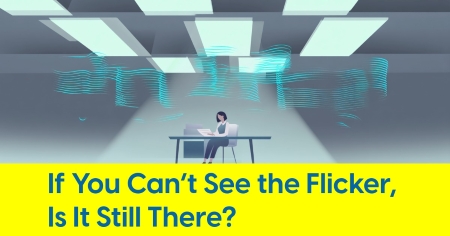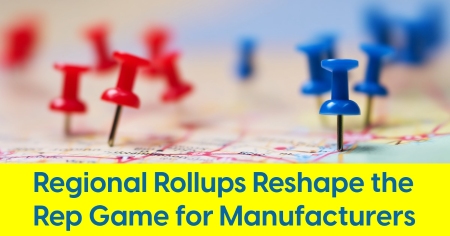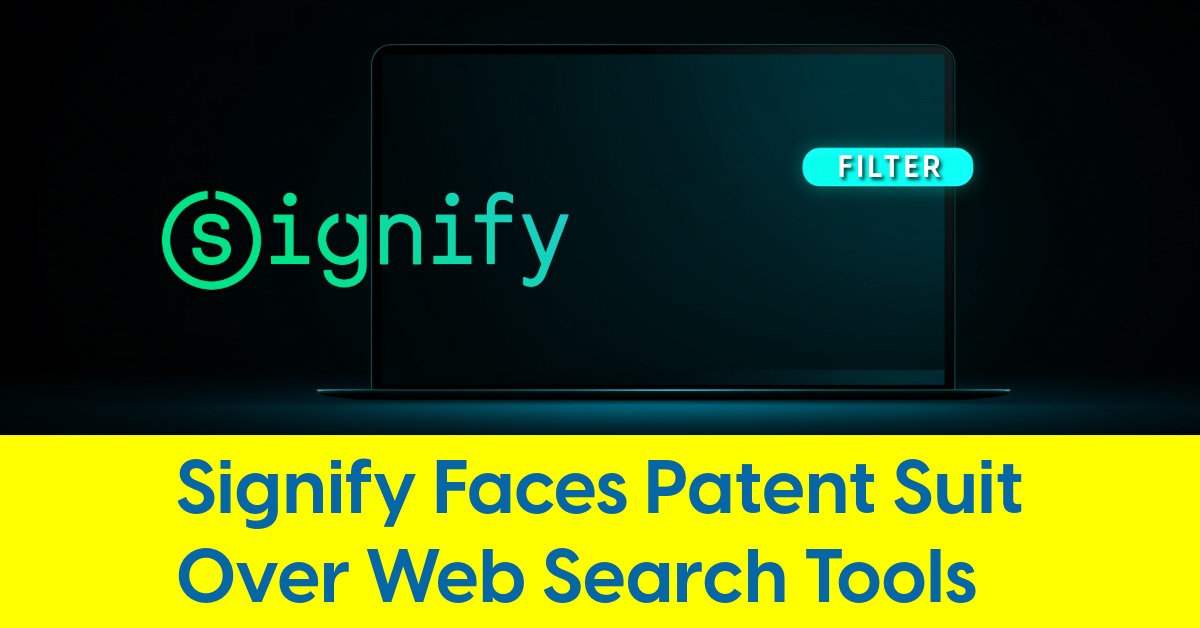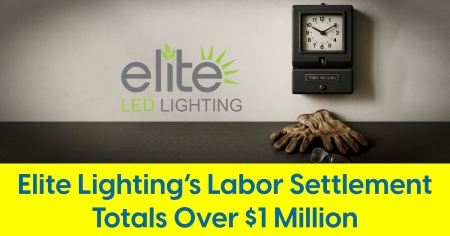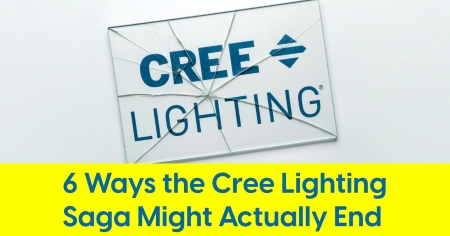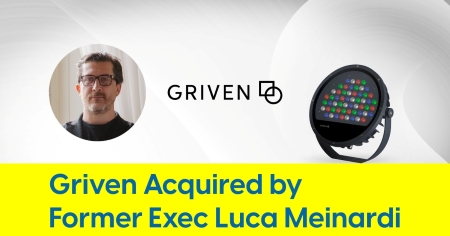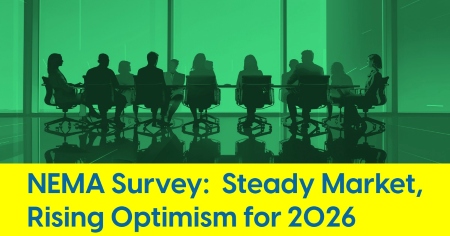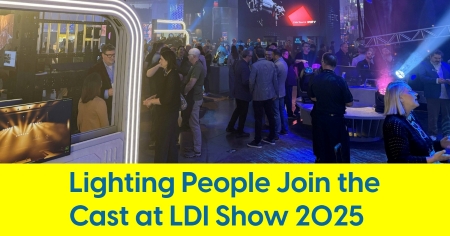October 15, 2025
Attorney Raises Legal Questions Over DLC’s Role
Legal analysis suggests structural reform may restore industry confidence in DLC
As lighting industry stakeholders express concerns with the DesignLights Consortium over influence and transparency, one lawyer is asking the quiet legal questions out loud.
David Radulescu, a New York-based attorney best known for navigating high-stakes IP battles in the lighting and semiconductor sectors, recently stepped into the intensifying debate surrounding the DesignLights Consortium (DLC). His October 10 appearance on the Get a Grip on Lighting podcast wasn’t a takedown. It was a methodical legal autopsy — equal parts diagnosis and prescription.
While much of the conversation around DLC has turned emotional, filled with accusations, demands and even occasional name-calling, Radulescu brought a different approach: fact-based, structured, and rooted in tax law, nonprofit governance, and regulatory clarity. His 30-slide deck, built on public filings, bylaws, and IRS guidelines, didn’t point fingers — it asked questions. And those questions are increasingly difficult for the industry to ignore.
With the EPA and DOE sunsetting Energy Star for lamps and luminaires in December 2024, the industry is already asking whether DLC’s role, like Energy Star’s, is similarly no longer necessary.
Framing the Debate: Two Sides, One Core Issue
At the heart of Radulescu’s presentation was a simple question: Should the DLC, in its current form, continue to wield the influence it does?
According to Radulescu, debate must be understood in legal and structural terms. “This is about access to over a billion dollars a year in energy rebate dollars,” he said. It’s about certification criteria influencing or dictating LED product design. And it’s about trust. Specifically, whether the industry still trusts the DLC as a neutral actor.
He positioned the conversation in two parts: the LED industry’s concerns versus the DLC’s path forward. On the industry side, he raised the possibility that stakeholders may seek to “dismantle the status quo” and legally challenge the DLC’s role as a gatekeeper. That could involve examining whether DLC’s 501(c)(3) status as a public charity still holds, or whether it more closely resembles an industry consortium — which, by IRS rules, should be categorized under 501(c)(6) instead.
Legal Structures and Red Flags
Radulescu’s presentation delved into patterns often seen in nonprofit abuse cases — not to accuse, but to establish a framework. He carefully prefaced his remarks, noting he was not providing legal advice, had no client in the dispute, and could represent any side in the future. His approach was diagnostic, not prosecutorial.
Among the key issues raised:
- Governance Shifts: Radulescu noted that the DLC underwent significant board turnover after its 2016 name change to Efficiency Forward Inc. Only 2 of the 13 directors from 2016 remained by 2017. Six new ODTEs (Officers, Directors, Trustees, and Employees) were added, raising questions about continuity and control.
- Bylaws and Interested Parties: He highlighted Article VII of the 2017 bylaws, which outlines transactions with “interested persons.” That section, combined with DLC’s vendor relationships — particularly with D+R International, its long-term certification partner — raised the specter of private benefit, a possible red flag under IRS scrutiny.
- Opaque Financials: Heavy contractor spending, limited audit transparency, and an absence of detailed independent oversight were all presented as potential pressure points — not indictments, but issues that, if mishandled, could threaten 501(c)(3) compliance.
Radulescu emphasized that these patterns don’t automatically spell wrongdoing. But it’s important context, because the legal bar for a public charity is high. The burden of proof is on them.
The UL Model: A Way Forward?
Radulescu focused a portion of his talk on a comparison to Underwriters Laboratories (UL), which split its nonprofit and for-profit functions to maintain IRS compliance. UL, a 501(c)(3), owns a for-profit subsidiary — UL Solutions — which handles the commercial certification business. Profits flow back to the nonprofit arm, but governance is kept firewalled and distinct. A similar comparison has been published by NAILD in the past.
Could DLC adopt a similar structure?
Radulescu didn’t push for it outright, but he presented it as a viable alternative. By separating the business engine from the public mission the charity’s credibility is better protected and aligns with IRS expectations.
The DLC Stance: A Different Narrative
To its credit, the DLC hasn’t stayed silent. In response to Inside Lighting’s coverage of NAILD’s open letter — a document that called for a five-year freeze on certification changes and DLC’s complete exit by 2030 — DLC issued a measured but pointed rebuttal. CEO Tina Halfpenny acknowledged industry feedback and framed DLC’s Qualified Product Lists as “transparent, independent tools” used in over 700 rebate programs across North America.
The organization maintained its public charity status is legitimate, citing its role in advancing energy efficiency, environmental outcomes, and market stability. And it rejected accusations of disengagement, noting multiple outreach attempts to NAILD that allegedly went unanswered.
Still, the rift remains wide.
Bridging the Divide with Facts, Not Fury
What set Radulescu’s intervention apart wasn’t just the legal fluency — it was the tone. No bombast. No personal attacks. Just a lawyer offering a framework for resolution.
“The DLC shouldn’t be focused on disproving allegations,” he noted. “It should focus on earning back industry trust, reconfiguring its board to allow broader representation, and promoting transparency.”
His message was clear: this isn’t just a technical squabble over lumens and rebates. It’s a legal and structural inflection point. And without serious introspection — on both sides — the current standoff could calcify into something far more damaging.
